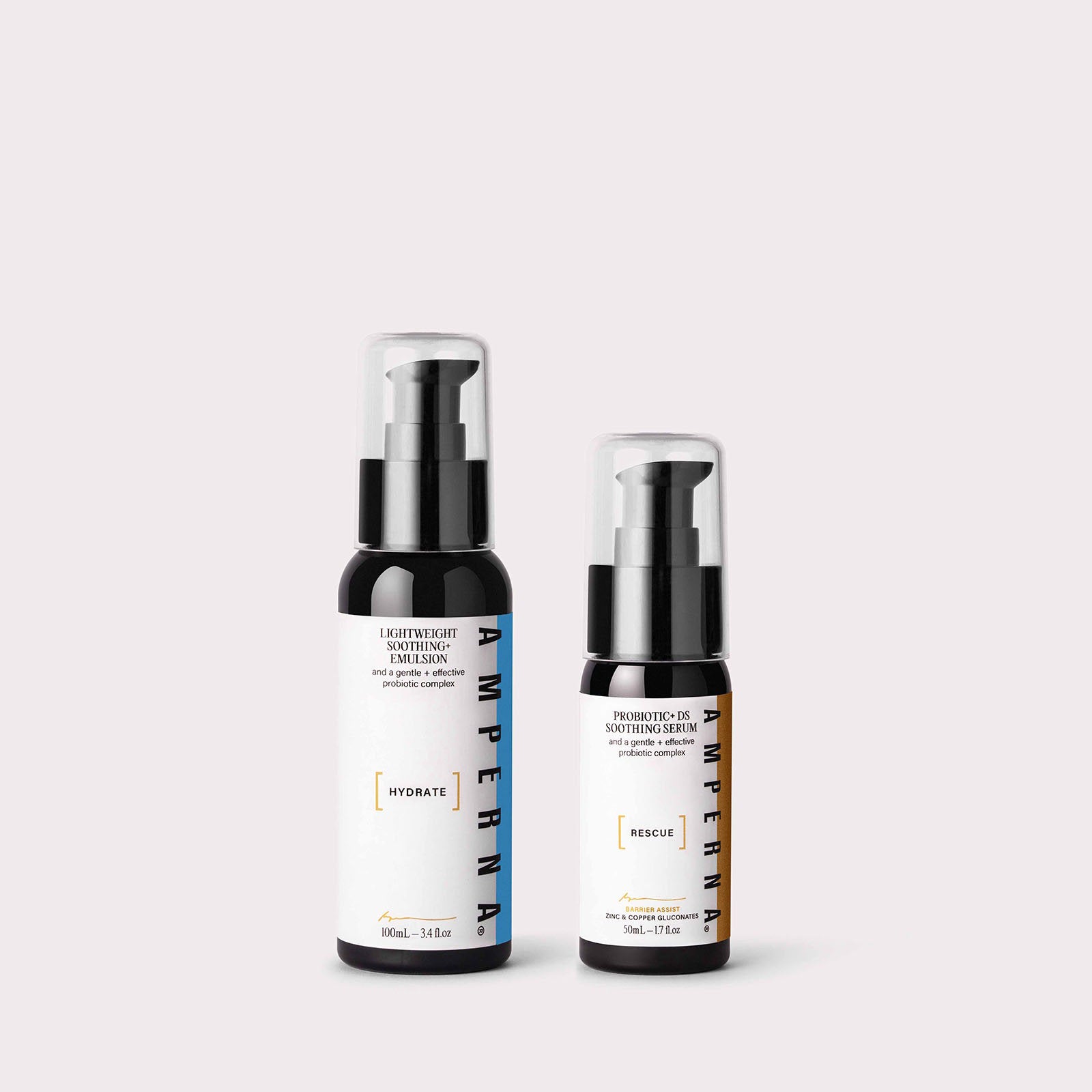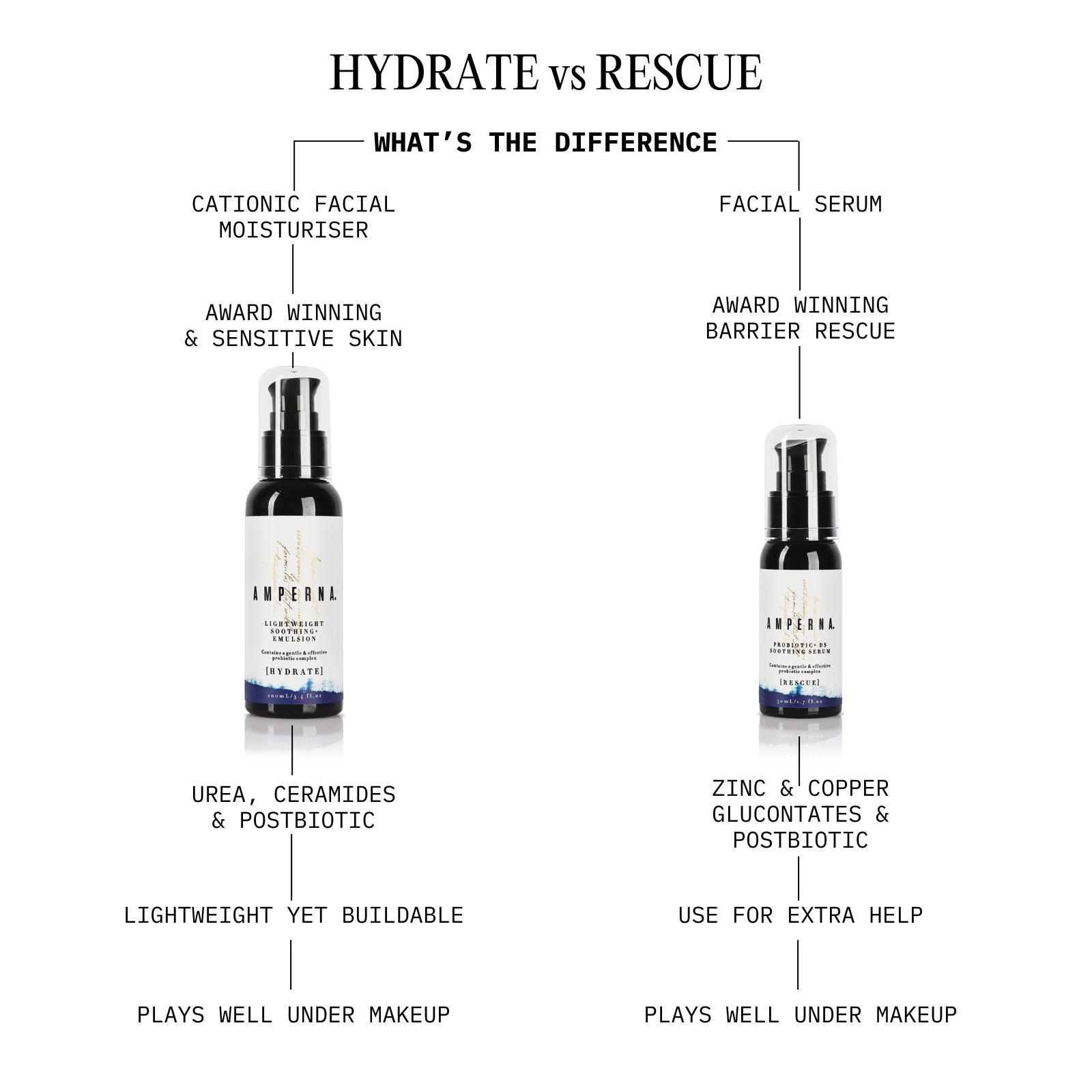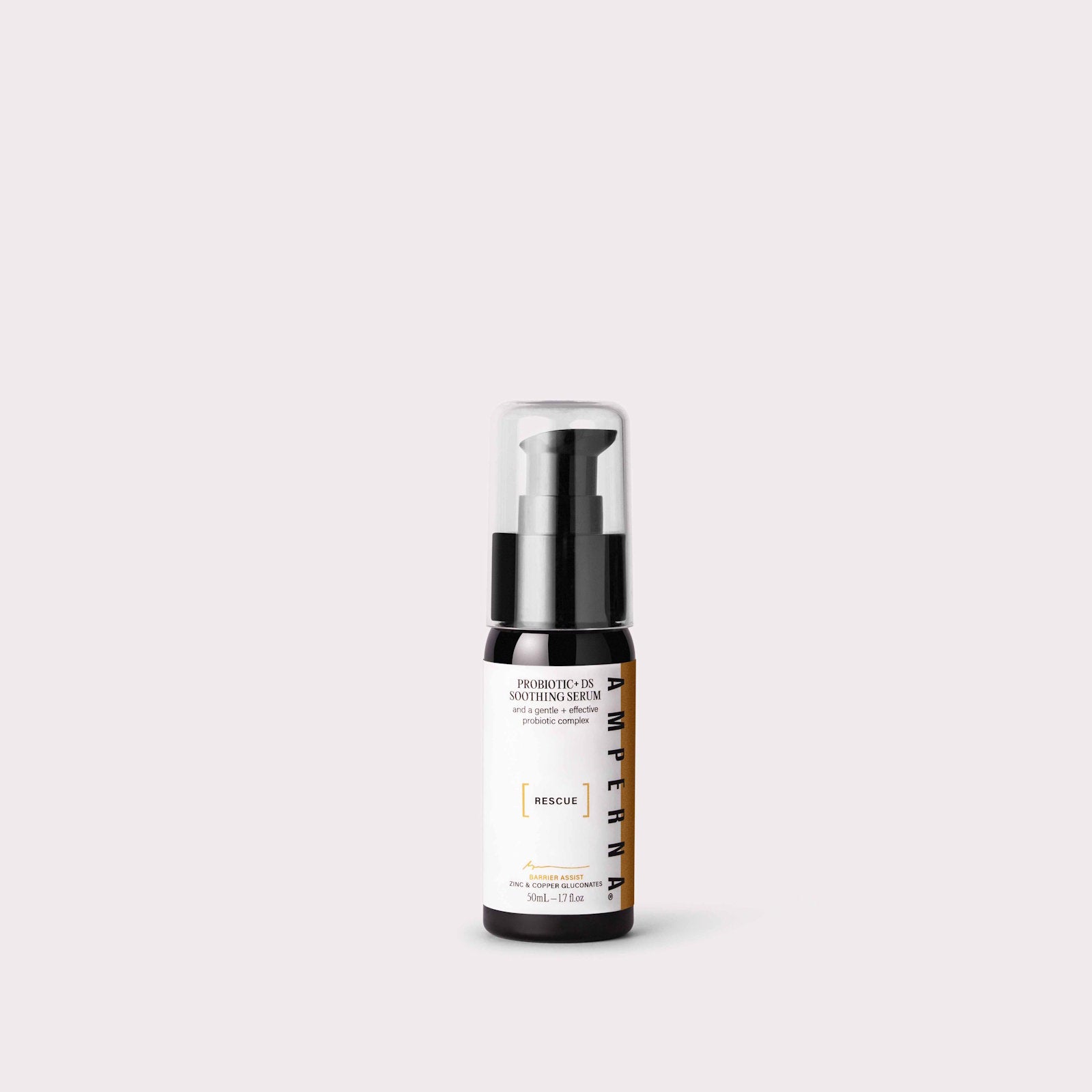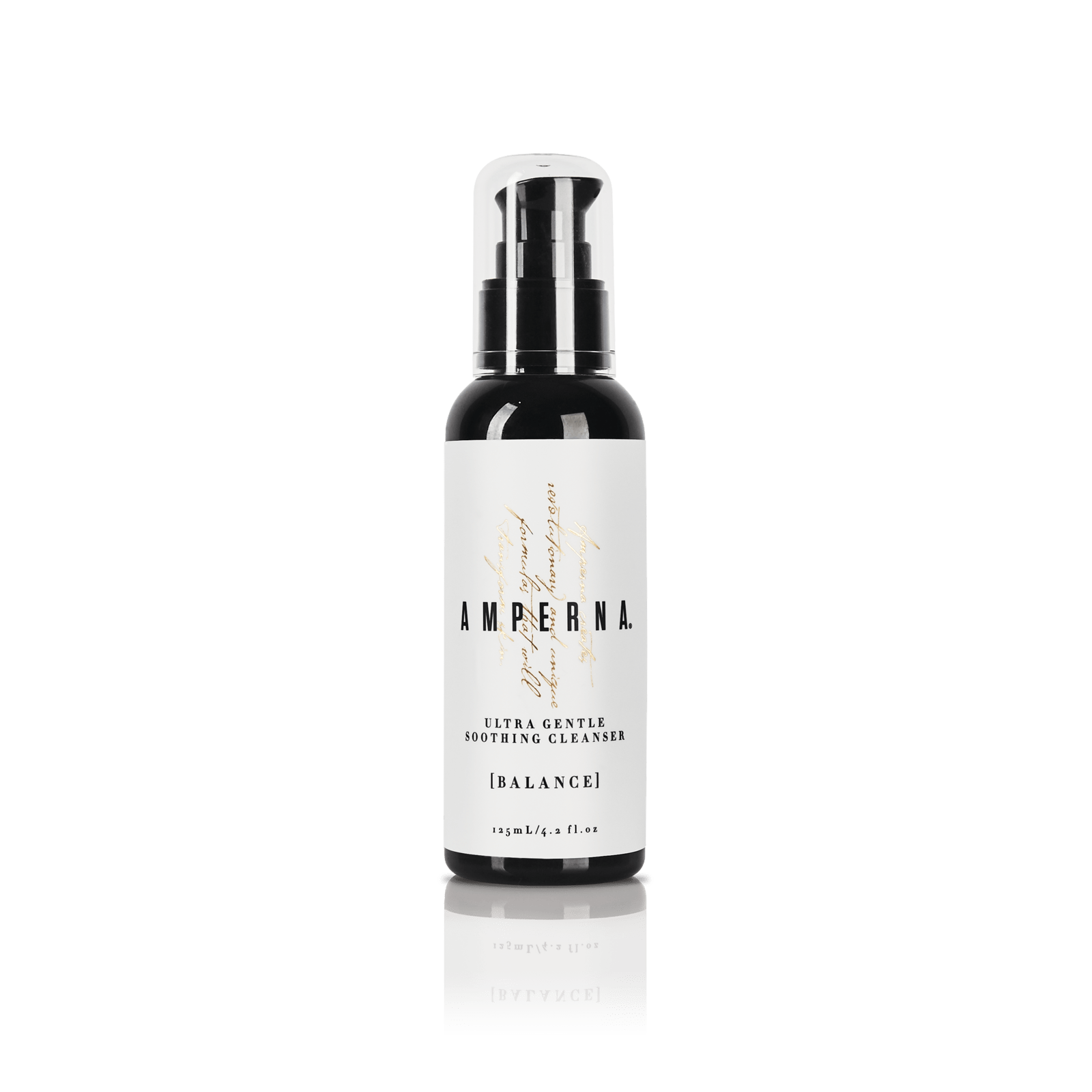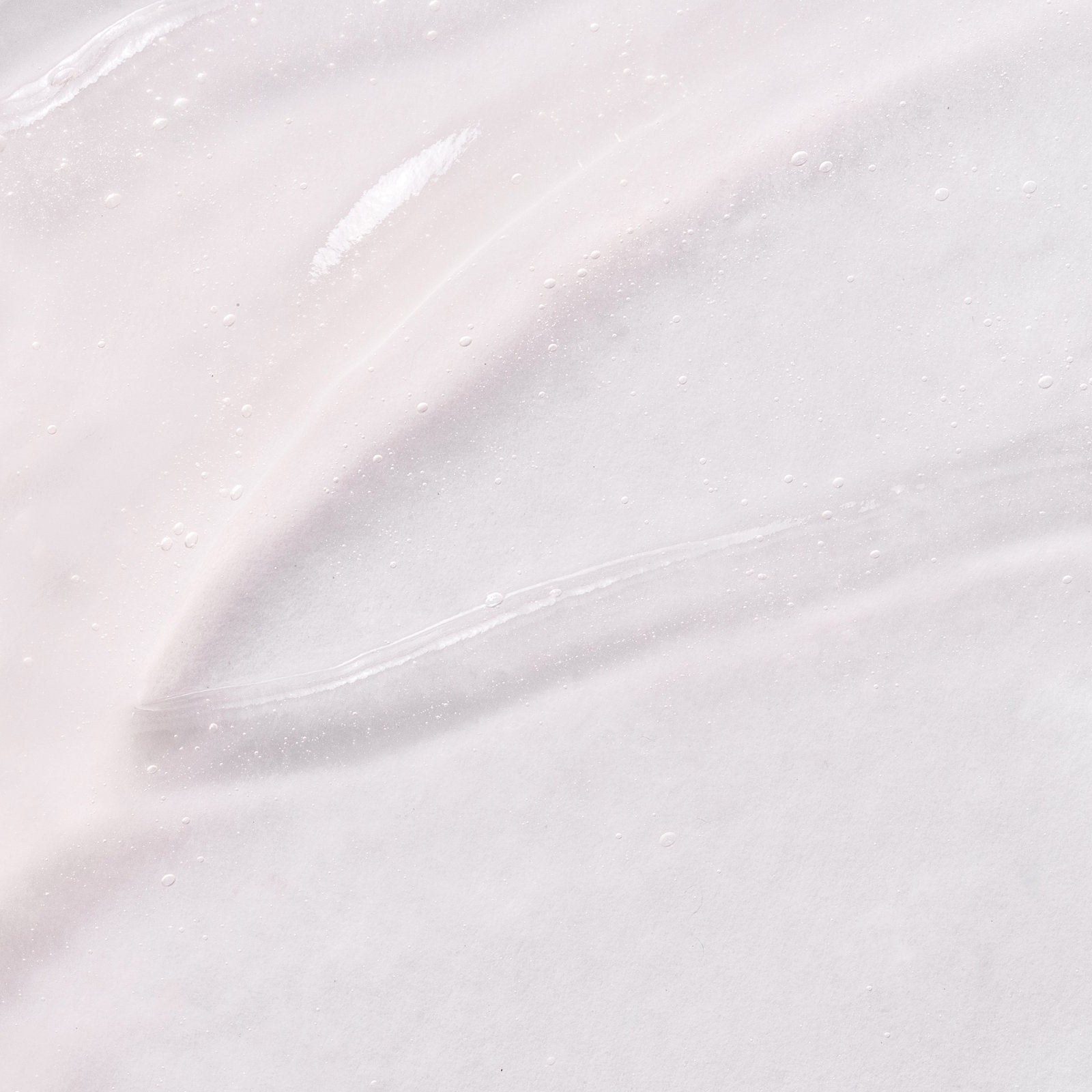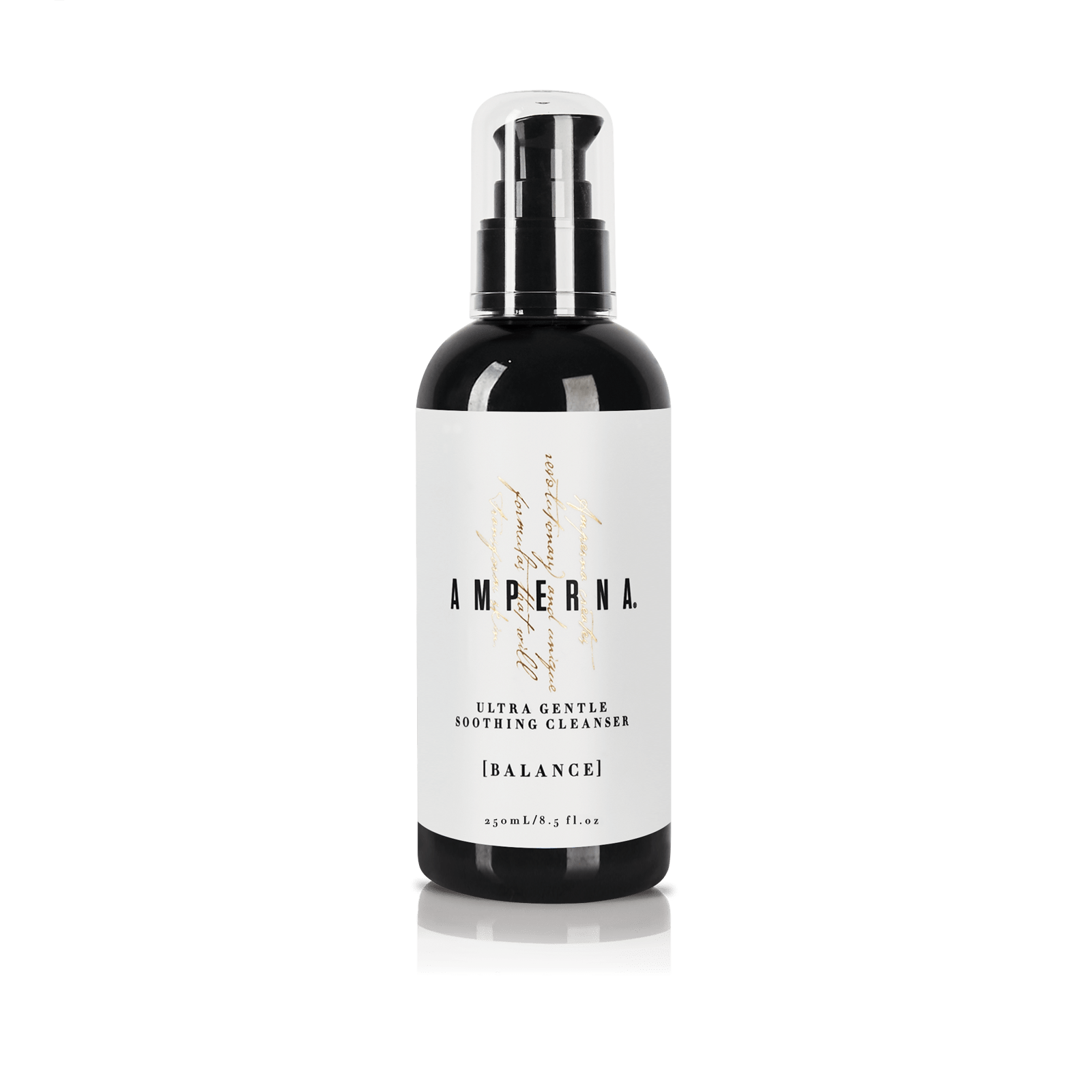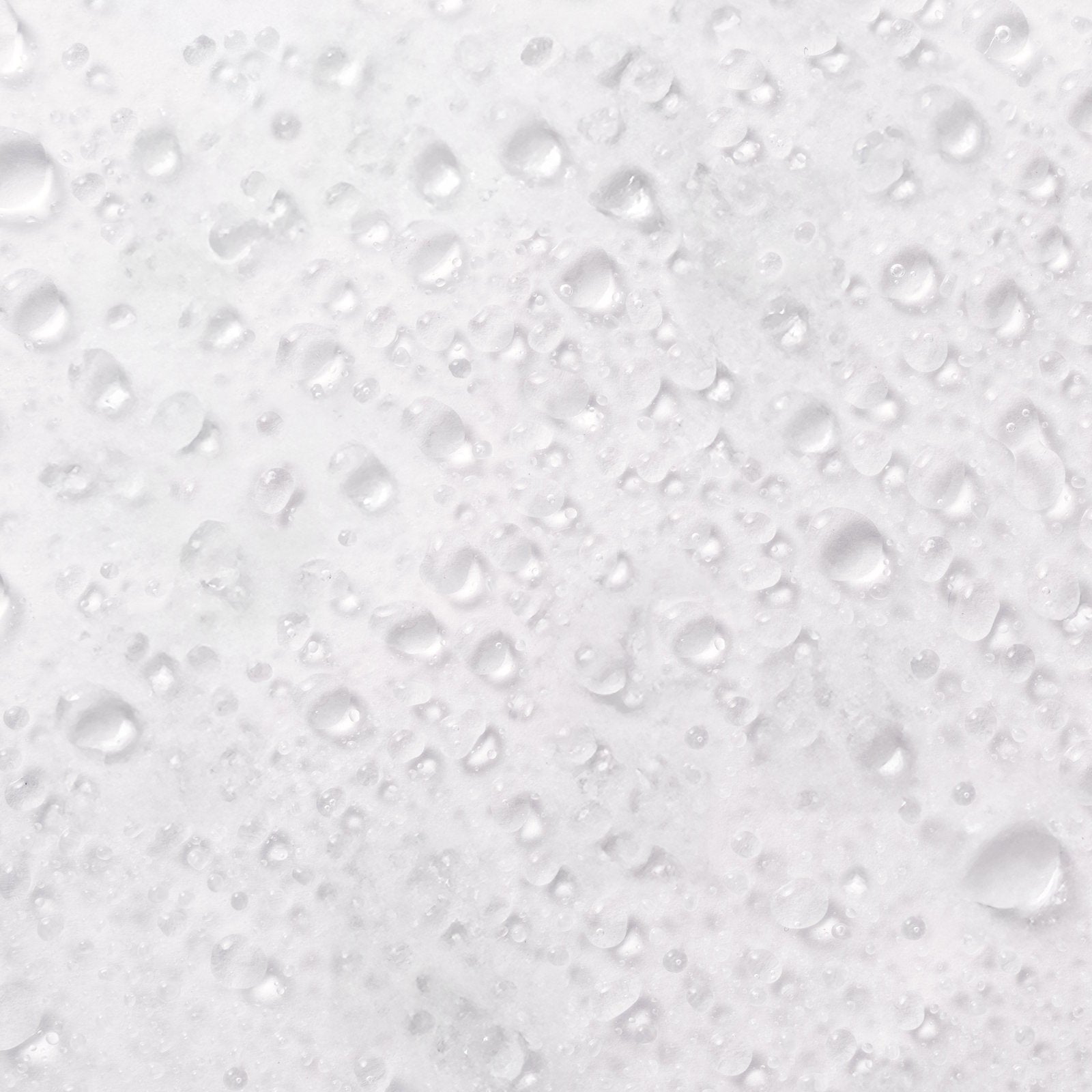Rosacea is a chronic skin inflammation that causes redness and swelling on the face. Frequent flushing/blushing and an increase in skin sensitivity are common first signs of rosacea developing. It then progresses to persistent redness in the center of the face (cheeks, forehead, chin, and nose). It can also spread to the ears, neck, chest, back and your upper limbs. In rare cases it can affect people’s eyes, causing red, sore, and gritty eyes leading to conjunctivitis.
5 Common Signs of Rosacea
- Permanent flushing through the center of your face
- Enlarged capillaries (telangiectasia)
- Mildly swollen cheeks and nose (hyperplasia)
- Bumps under the skin that cause a burning or stinging sensation
- Yellow-headed pimples

Whilst extremely common there is no one size fits all to helping everyone’s individual experience with 'true' rosacea. What do I mean by 'true' rosacea?
"True rosacea is an immune modulated concern that needs to be managed ongoing. Based, at this time, on medical and scientific research it is thought to result from a combination of immune system dysregulation, abnormal neurologic and vascular signaling and dysbiosis of microorganisms leading to skin sensitivity and inflammation" (Kiri, AMPERNA founder and owner)
Diagnosis
To have an effective plan to treat your rosacea a health professional must closely examine a sufferer’s skin. This should also most importantly include a thorough understanding of your health holistically. Your diet, lifestyle, stress levels and any medical and family history with rosacea all play an important part in understanding and narrowing down your treatment plan.
True rosacea must be distinguished from other types of similar skin concerns, including:
- Acne – which does not include easy flushing/blushing
- Seborrheic dermatitis – includes dandruff in the scalp but no pustules like rosacea
- Perioral dermatitis – has smaller pustules that dot the skin mainly around the mouth
- Lupus erythematosus – has a similar redness on the cheeks, but no pustules. A blood test may be necessary to rule this out.

If you are diagnosed incorrectly and prescribed the wrong things, you may acquire rosacea or any other skin concern, through sensitisation or compromising your skin barrier and bringing on inflammation.
Kiri has coached hundreds of people suffering from both true rosacea as well as acquired rosacea off the back of wrong treatment plans.
A recent example of this is a woman who was suffering from redness on her face and was prescribed by her dermatologist a topical steroid and a Cetaphil cream to help with her said "rosacea". When she came to Kiri as her redness had worsened Kiri asked the right holistic questions and discovered she was an asthma sufferer who has used a steroid inhaler for the last 37 years and was now prescribed by her dermatologist a steroid cream and a product that contains SLS (sodium laurel sulphate) when she was not suffering from rosacea in the first place. She was actually suffering from topical steroid withdrawal.

This misdiagnosis is happening far too often, you can watch a brief overview from Kiri on TSW below.
@ampernaskin #topicalsteroidwithdrawal #probioticskincare #skinmicrobiome #skinph #soothingskincare #nourishingskincare #nonasties #skinissuestips ♬ original sound - ampernaskin
Kiri also interviewed a topical withdrawal sufferer named Jordan which you can watch below.
A FRIENDLY NOTE: Topical steroids must not be used to treat rosacea.
External Rosacea Triggers
It is best to keep a skin-diary to know what factors may be contributing to your rosacea symptoms. Unfortunately, there is no permanent cure for rosacea but there are known external triggers that you should be made aware of, these include:
- alcohol
- hot drinks
- spicy foods
- overexposure to sunlight
- anxiety
- emotional stress
- overheating, especially in bed at night

How to Manage Rosacea
As mentioned above treatment options will depend on each individual and severity of the skin condition. Rosacea needs to be managed ongoing to reduce your symptoms.
Identify Triggers
The best place to start is identifying your triggers and avoiding them as much as possible. Dietary triggers will vary from person to person, but several foods have been recognized as usual culprits, including bananas, cheese, yoghurts, figs, nut, alcohol (especially champagne, red wine, and beer).
External Factors
You should try to keep your face as cool as possible to reduce flushing.
Try de-stressing techniques that help you manage any anxiety or emotional health. Things like breathwork, walking, yoga, reading... whatever it is that helps you regulate your stress levels.
Laser treatments may be suggested to treat redness or visible blood vessels.
Support from the Inside Out
Anti-inflammatory diets rich in fruits, vegetables, omega-3s (like salmon, flaxseeds) can help.
Some find help with zinc, niacinamide, or probiotics supplements (though always check with a doctor).
There is a link between gut inflammation and rosacea—healing your gut may reduce symptoms.
Use Rosacea-friendly Gentle Skincare
There are a lot of harsh skincare products that can irritate Rosacea-prone skin. The AMPERNA® range is suitable for all sensitive skin sufferers, the best products Kiri recommends people to start with is the Soothing Duo. Use a soap-free cleanser only, our Ultra Gentle Soothing Cleanser gently cleans and balances your skin.
Ensure you wear an SPF every single day. Rosacea is provoked by excessive exposure to sunlight. Wear protective clothing and a wide-brimmed hat while outdoors and try to stay out of the direct sunlight.
Avoid rubbing or scrubbing your skin or using harsh exfoliants.
Light mineral-based makeup is your best option.
Always patch test any new skincare or makeup by dabbing a very small amount next to (but not directly onto) where your rosacea flares. If it burns, stings, or irritates your skin within 48 hours do not use those products.
Ingredients to Avoid in Skincare
Today most consumers are using caution and reading labels on products before committing to buying. And this is essential when you are managing a skin concern like rosacea.
To reduce the likelihood of a buying a product that will irritate your rosacea-prone skin, you want to avoid anything that contains:
- Alcohol
- Camphor
- Fragrance
- Tretinoin (avoid at all costs)
- Glycolic acid (avoid when you’re flared)
- Lactic acid (avoid when you’re flared)
- Menthol
- Sodium laurel sulphate (often found in shampoos and toothpaste)

References:
Rosacea - Better Health Channel
An update on the treatment of rosacea - Australian Prescriber (nps.org.au)


